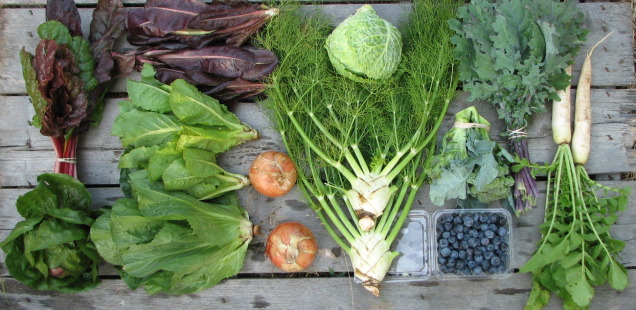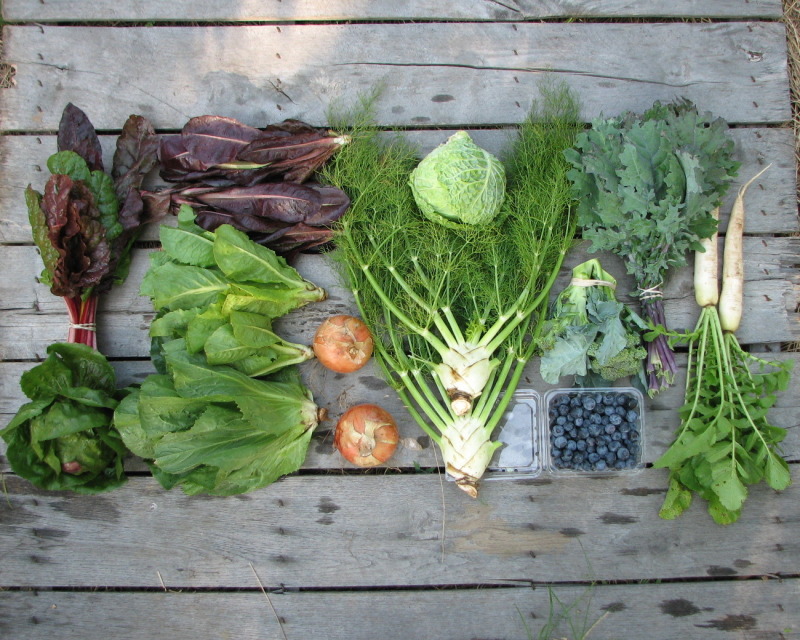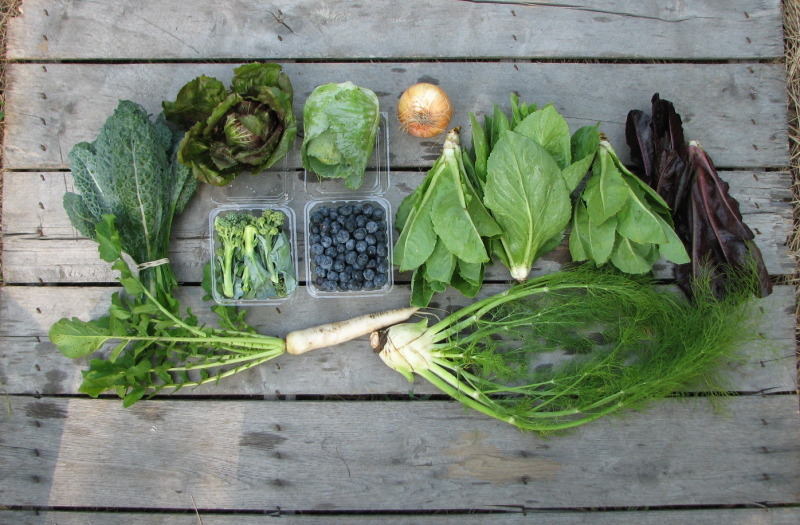
Share Notes 6-16-16
CSA Share Notes:
The spring season has come to an end here at Red Moon Farm. Even with the crazy amount of rain we’ve had, spring of 2016 was still our most abundant spring growing season yet—we can’t wait to see what our garden can do in a good year! The summer crops are growing so well and will be ready to harvest in just a couple short weeks.
Have you signed up for the summer season yet? We still have a little room before we move to a waiting list. Sign up here.
We have a few new locations that we are excited to tell you about: In the East Texas area, we have new spots in Lindale and the Azalea District. For the metroplex, we will begin this summer delivering to North Arlington and to North Dallas, and we’ve returned to Trophy Club, and Rockwall. Will you pass our name along to someone who lives in these great areas as we grow for the Summer season?
Now on to your share notes:
- Broccoli—Fresh and flavorful. Broccoli straight from the farm has a flavor like no other. Our broccoli plants have not appreciated the huge amounts of rain we’ve received this spring, so they’ve been slow to mature, and stayed very small… but they still taste amazing, and for that we are thankful!
- Fennel—This frilly plant is great thinly sliced, roasted, or caramelized. The fronds are excellent with fish. We use it as a finishing touch in our two most recent recipes over in the kitchen blog, but it would also be excellent in our fresh and crisp winter root salad.
- Cabbage—Small shares received one Early Jersey Wakefield cabbage, which is a cone-shaped green cabbage. Large shares received Alcosa cabbage, a savoy (crinkly) leaved variety. These are pretty petite, as too much water really has a way of stunting a plants growth (as our members from spring of 2015 will recall!) but their flavor is top-notch.
- Romaine Lettuce—Each share received the very last of this year’s lettuce, both green romaine and red romaine. Enjoy your final local leafy salads of the season, and start to look forward to tomato-cucumber salads next month.
- Swiss Chard—Large shares received a small, but lovely bunch of Swiss chard. It hasn’t appreciated the super wet spring, but it’s hanging in there.
- Kale—Large shares received Red Russian kale-tender and delicious, raw or cooked. Small shares received Lacinato kale, often called Dinosaur kale. It’s prized by chefs, and is a bit more hearty for cooking than the Red Russian kale. Try one of our many kale recipes in the kitchen blog.
- Onions—Each share received sweet yellow onions. These have now had enough time to cure that you can store them for a while if needed, or eat them up soon. If you have any cauliflower on hand, try this super yummy tart I made a few seasons back for a farm potluck: Onion Cauliflower Tart
- Blueberries—A special treat from our friends over at Winona Orchards, who grow some of the most amazing peaches and berries. Each summer we load up on as many as we can bake, jam, freeze, and dehydrate. Though they are not a certified organic grower, they do not use pesticides on their blueberries, Which we love about them! And they take excellent care of their soil, and treat their workers fairly. Enjoy this special treat.
- Daikon Radish—These radishes are great for storage. Chop the tops of about a half inch above the root and seal up in a bag. When you need a few slices of radish in your salad, or for a fresh snack, just shave off what you need, and store the rest. Of course, we love radishes and ours don’t last very long.
- Perseo Radicchio—These small tender radicchio heads are green, red and white. They are excellent on the grill, or mixed into a fresh salad.
- Virtus Radicchio—These larger green radicchio look almost identical to green romaine. They are tough to tell apart even in our identifying photo, so here’s a tip. The primary difference is the feel of the leaves: Virtus radicchio has very fine hairs, while romaine is smooth leaved. You should also be able to tell a distinct difference in flavor. Romaine tastes like a good lettuce, the other is more pronounced and a little bitter. This radicchio could also be grilled up with your Perseo, or used in salads. These crops also make a great “wilted lettuce” (it’s a southern thang: you basically pour a piping hot, homemade vinaigrette on the greens, cover them to let wilt, and serve).
Veggie Storage tips:
The many leafy greens will all last longest stored in the refrigerator, sealed up in a bag or container to retain their moisture. The onions can be kept in a dark cool place. As a general rule, wait to wash any veggies until you’re ready to use them to help retain nutrients and prevent spoilage from excess moisture. Chop the fronds off of the fennel, and the tops off the radishes and store them separately. Place the fennel the tops in a glass of room-temperature water, like you would most other herbs. You can also hang to dry and enjoy them throughout the year.
Thank you so much for being a part of our Spring CSA at Red Moon Farm, and for all your support of local, organic agriculture!
Your farmers,
Jess & Justin


The blueberries are the sweetest and best I’ve ever eaten! Had them with homemade yogurt and homemade granola. I just made good old fashioned, steamed cabbage with onions and bacon. The broccoli went into a cheesy chicken, rice and broccoli dish made in my electric pressure cooker. Delicious!
We love their berries! We just wish we could eat them all summer long. Your recipes sound great! Thanks for sharing, Betty.
Fennel fronds add a nice delicate flavor to homemade vegetable broth. I have frozen them raw before, then added them to broth when I make it.
Oh that sounds really nice!